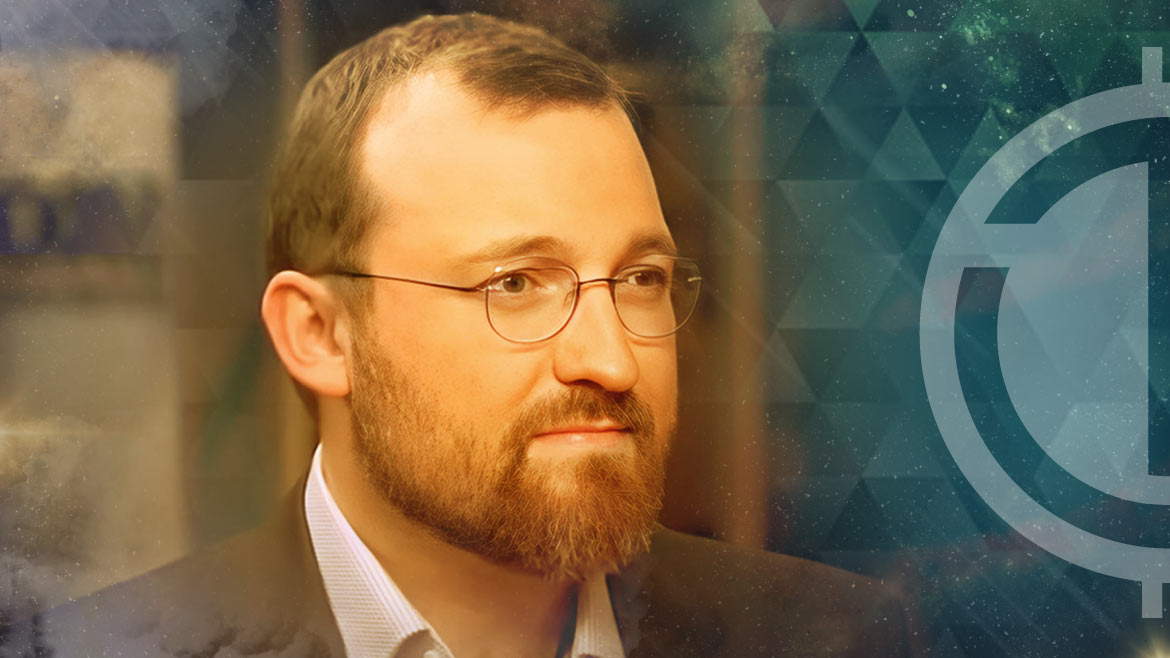
Cardano had a minor glitch on January 22 that lasted until January 23 and caused a subset of its nodes to disconnect and restart, raising some eyebrows in the crypto world.
Charles Hoskinson, the creator of Cardano, has made an effort to clarify the situation. He said that it was only temporary and that it was most likely the result of a number of unrelated factors coming together at the same moment, making a repeat performance very improbable.
While Hoskinson conceded that pinpointing the precise cause of this problem was challenging, he did say that they knew where the error was called in the program and what area of the code was affected and that the problem does not seem to be repeatable.
The good news is, in his opinion, that Cardano performed precisely how it was intended to in this situation. The system essentially recovers and heals itself whenever there is a stall, which causes the nodes to move back up. That is precisely what they had in mind when they built the nodes to function.
The creator of the cryptographic protocol acknowledged that this was not an ideal approach, since in an ideal world, whenever a distributed system has a blip such as this, users would naturally desire to know an exact explanation.
Nevertheless, this kind of network may sometimes produce emergent flaws, which means that the issue cannot be replicated locally. Instead, a collection of items build a global state that, for some reason, triggers something, and the system essentially stops working for certain users.














